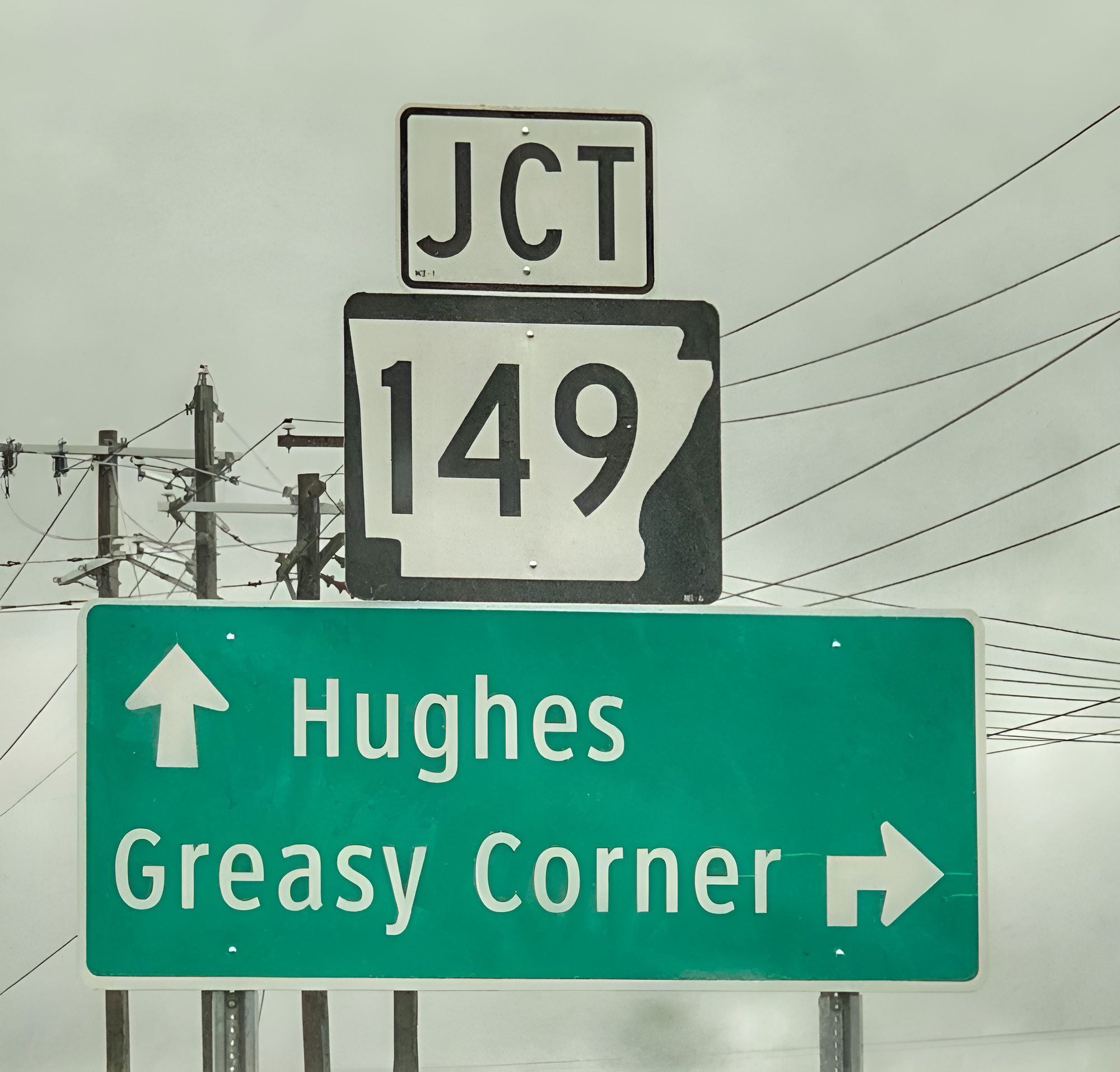
Eric Edgar Cooke, known as the "Night Caller," was one of Australia's most notorious serial killers. Between 1959 and 1963, he terrorized Perth, committing a series of violent crimes that left the community in fear. Cooke's actions were unpredictable, ranging from burglaries to brutal murders, making him a complex and chilling figure in criminal history. His crimes led to one of the largest manhunts in Australian history, and his eventual capture brought a sense of relief to many. This post delves into 35 intriguing facts about Eric Edgar Cooke, shedding light on his life, crimes, and the impact he had on society.
Key Takeaways:
- Eric Edgar Cooke, also known as the "Night Caller," was a notorious serial killer in Australia with a troubled upbringing and a history of escalating violence, leaving a lasting impact on the community and criminal justice system.
- Cooke's reign of terror, marked by random and violent attacks, ended with his arrest and confession, leading to changes in police procedures and forensic techniques, as well as legal reforms to prevent wrongful convictions.
The Early Life of Eric Edgar Cooke
Eric Edgar Cooke, also known as the "Night Caller," was one of Australia's most notorious serial killers. His life began in a troubled household, setting the stage for his future crimes.
- Born on February 25, 1931, in Perth, Western Australia, Cooke was the eldest of three children.
- His father, Vivian Cooke, was an alcoholic who frequently abused his wife and children.
- Cooke suffered from a cleft palate and a harelip, which led to bullying and social isolation during his childhood.
- He underwent multiple surgeries to correct his facial deformities, but the scars remained, both physically and emotionally.
- Cooke's mother, Christine, was a devout Catholic who tried to shield her children from their father's abuse.
Cooke's Troubled Adolescence
Cooke's teenage years were marked by petty crimes and escalating violence. His behavior became increasingly erratic, foreshadowing his later actions.
- At age 14, Cooke was expelled from school for stealing money from a teacher's purse.
- He began breaking into homes, initially to steal food and clothing.
- Cooke's first known violent act occurred when he set fire to a church, causing significant damage.
- He was sent to a reformatory school but escaped multiple times, showing a pattern of defiance and rebellion.
- By his late teens, Cooke had accumulated a lengthy criminal record, including theft, arson, and assault.
The Start of a Killing Spree
Cooke's criminal activities escalated dramatically in the late 1950s and early 1960s. He began a series of violent attacks that would terrorize Perth.
- Cooke committed his first known murder in 1959, killing a young woman named Jillian Brewer.
- He used a variety of weapons in his attacks, including guns, knives, and blunt objects.
- Cooke often targeted random victims, making it difficult for police to establish a pattern.
- He would sometimes break into homes and attack occupants while they slept.
- Cooke's crimes included not only murder but also sexual assault and robbery.
The Night Caller Strikes
Cooke's reign of terror earned him the nickname "Night Caller." His unpredictable methods and random targets kept the city in a state of fear.
- Between 1959 and 1963, Cooke killed at least eight people and injured many others.
- He would often steal cars to use in his crimes, abandoning them after the attacks.
- Cooke's victims ranged in age from teenagers to elderly individuals.
- He once shot a man through a window while the victim was watching television with his family.
- Cooke's ability to evade capture for so long was partly due to his use of disguises and false identities.
Capture and Confession
Cooke's luck eventually ran out, leading to his arrest and confession. His capture brought relief to a city gripped by fear.
- Cooke was arrested on September 1, 1963, after a failed burglary attempt.
- During his interrogation, he confessed to multiple murders and other crimes.
- Cooke led police to several crime scenes, providing details only the perpetrator would know.
- His confessions helped exonerate two men who had been wrongfully convicted of crimes Cooke committed.
- Cooke's trial began in November 1963, and he pleaded guilty to all charges.
The Trial and Execution
Cooke's trial was swift, and his fate was sealed. His execution marked the end of one of Australia's darkest chapters.
- Cooke was found guilty of murder and sentenced to death by hanging.
- He showed little remorse during the trial, maintaining a calm demeanor throughout.
- Cooke's defense team argued that he was insane, but the jury rejected this claim.
- He was held at Fremantle Prison while awaiting execution.
- Cooke was executed on October 26, 1964, becoming the last person to be hanged in Western Australia.
Legacy and Impact
Cooke's crimes had a lasting impact on the community and the criminal justice system in Australia. His case remains a subject of study and fascination.
- Cooke's actions led to changes in police procedures and forensic techniques.
- His case highlighted the need for better mental health support and intervention.
- Cooke's story has been the subject of numerous books, documentaries, and films.
- The wrongful convictions exposed by Cooke's confessions prompted legal reforms to prevent similar miscarriages of justice.
- Cooke's legacy serves as a grim reminder of the potential for violence lurking beneath the surface of seemingly ordinary lives.
Final Reflections on Eric Edgar Cooke
Eric Edgar Cooke's life and crimes left a lasting impact on Australia. His actions, spanning from petty theft to multiple murders, shocked the nation and changed the way people viewed safety in their own homes. Cooke's story is a grim reminder of how one individual's choices can ripple through an entire community, leaving scars that last for generations.
Understanding Cooke's background, motives, and the societal context of his time helps us grasp the complexities of criminal behavior. It also underscores the importance of mental health support and early intervention in preventing such tragedies.
Cooke's tale isn't just about the crimes he committed but also about the lives he affected. Remembering the victims and learning from the past can guide us toward a safer future. Cooke's story remains a crucial chapter in Australia's history, one that continues to teach valuable lessons.
Frequently Asked Questions
Was this page helpful?
Our commitment to delivering trustworthy and engaging content is at the heart of what we do. Each fact on our site is contributed by real users like you, bringing a wealth of diverse insights and information. To ensure the highest standards of accuracy and reliability, our dedicated editors meticulously review each submission. This process guarantees that the facts we share are not only fascinating but also credible. Trust in our commitment to quality and authenticity as you explore and learn with us.


